



First, ensure that you have the right hose connector for your high-pressure cleaner that fits the garden faucet. Most systems require a simple adapter that can be easily installed without special tools.
Begin by turning off the water supply at the main valve, if necessary. This helps avoid any unexpected sprays when the connections are made. Then, secure the hose with the adapter to the garden faucet, ensuring a snug fit to prevent leaks. Tighten the connection by hand until it feels secure, but avoid over-tightening to prevent damage.
Once the hose is attached to the faucet, connect the other end to your cleaning unit. Depending on the model, this may involve threading the hose onto the appropriate inlet or pushing and locking it in place. Make sure the connection is firm and check for any potential leaks.
Open the water supply gradually and check for any signs of dripping at the connections. Test your unit’s functionality by turning it on and verifying that water flows properly through the system. Adjust the settings as needed for your cleaning tasks.
By following these straightforward steps, you can efficiently set up your high-pressure cleaner, allowing you to tackle outdoor cleaning chores with ease.
Choosing the Right Hose and Adapters
The effectiveness of your cleaning setup largely hinges on selecting suitable hoses and adapters. Ensure you choose a hose that is compatible with your cleaning device and can handle high pressure. A high-quality, reinforced hose in lengths of 15 to 50 feet typically offers better durability and flexibility. Look for options made from materials such as PVC or rubber, as they withstand wear and tear while resisting kinks.
Adapters: Ensuring Compatibility
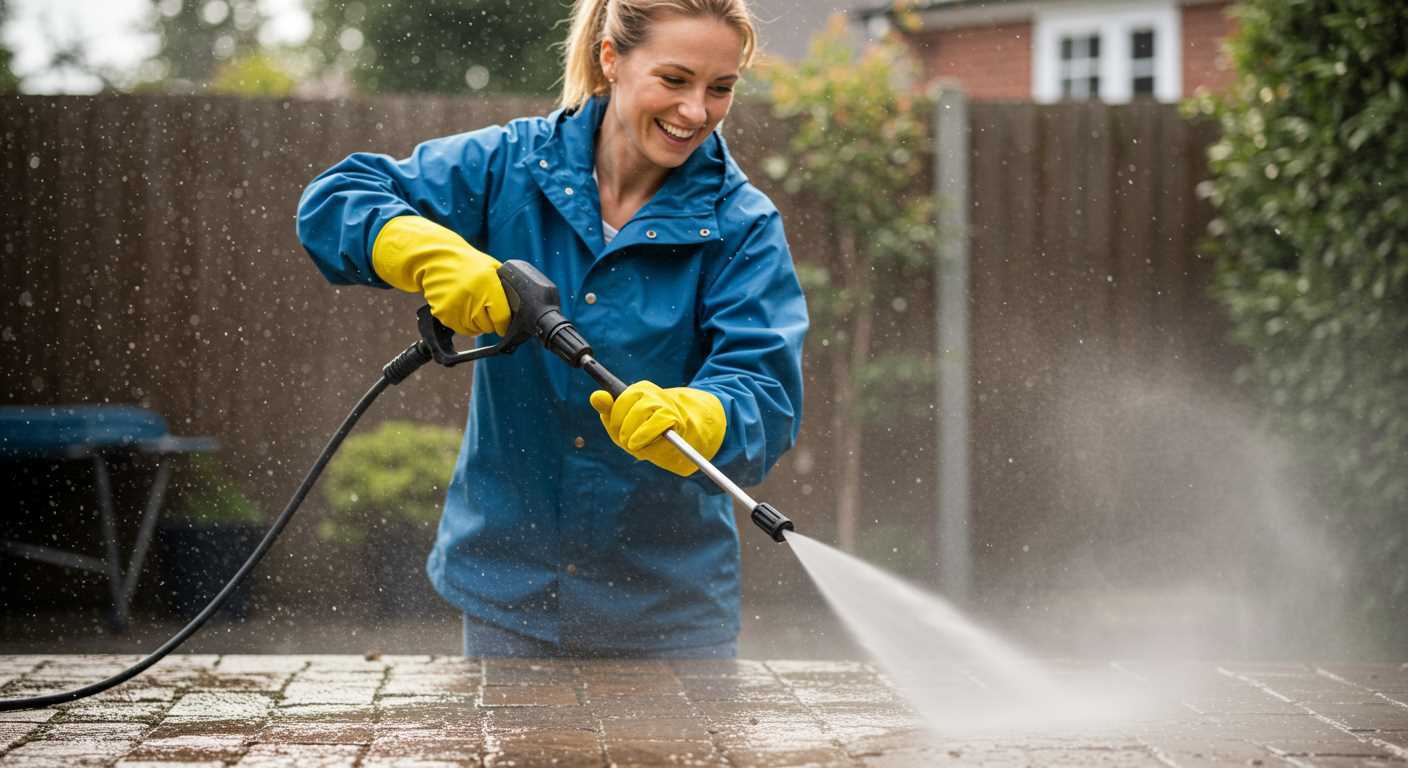
Adapters are critical for establishing a reliable link between your hose and the water source. Examine the specifications of your hose and the fitting available on your water supply. Common sizes include 3/4 inch and 1/2 inch, and it’s advisable to have a range of connectors at hand. Consider purchasing a quick-connect adapter set, as these simplify the process and prevent cross-threading, which can lead to leaks.
Length Considerations
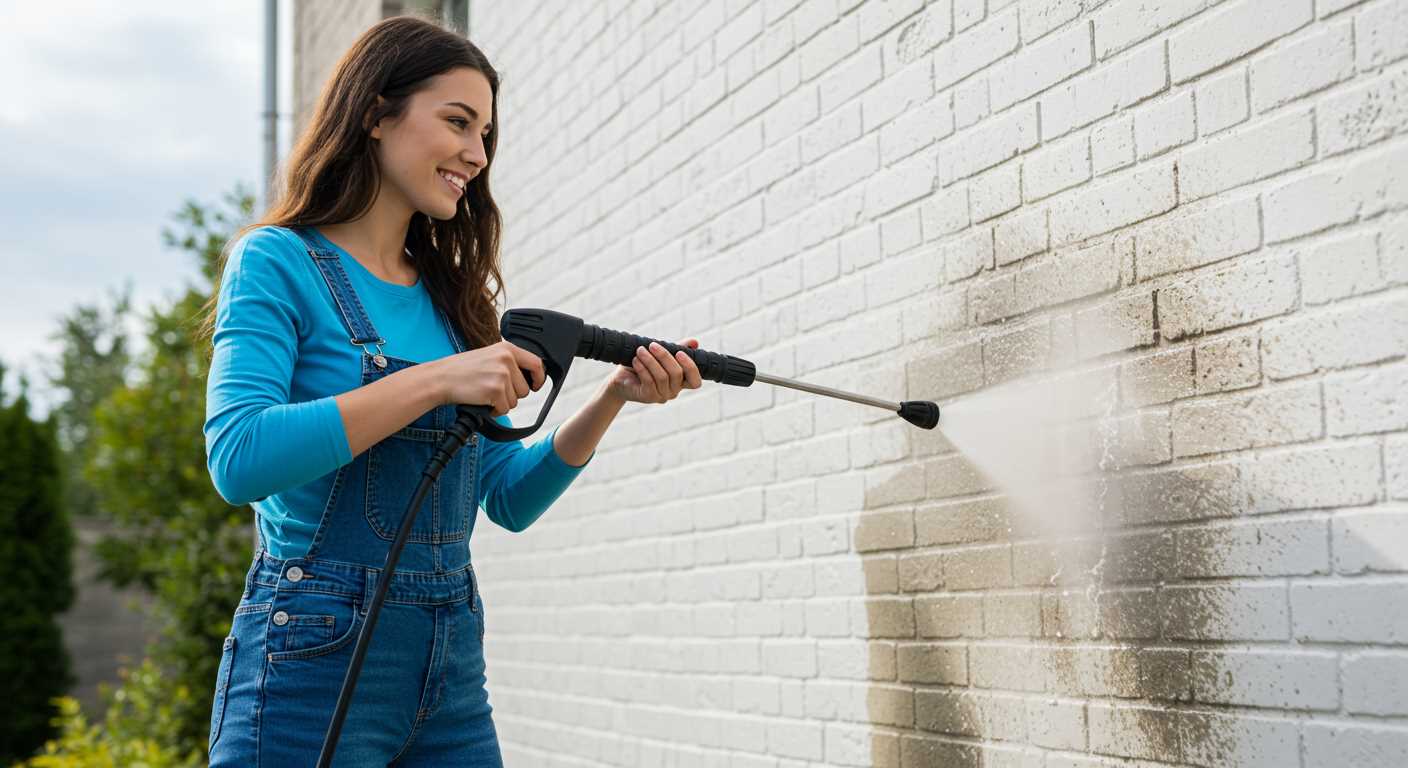
While longer hoses provide greater reach, they may reduce water pressure. For optimal performance, carefully assess the distance needed and select a hose that strikes a balance between length and efficiency. If a longer reach is necessary, consider investing in a hose reel for easy management and storage, ensuring your workspace remains organised.
Preparing the Outside Tap for Connection
Inspect the faucet for any signs of leaks or damage. Ensure the threads are in good condition to properly secure fittings. If water drips or flows unevenly, consider replacing the faucet or washer before proceeding.
Next, thoroughly clean the spout and surrounding area to prevent debris from affecting the flow of water. A clean connection is crucial for smooth operation.
Check the water flow by turning on the faucet. This will help identify any restrictions caused by sediment build-up. If the water pressure seems low, flush the system by running the tap for a few minutes.
Consider using a hose protector or washer to prevent wear on the connection point. This small addition can prolong the life of your equipment by reducing friction.
If there are multiple outdoor fixtures, make sure to close any unused taps to maximise the water supply for your equipment.
| Task | Description |
|---|---|
| Inspect Faucet | Check for leaks and damage; ensure threads are intact. |
| Clean Area | Remove debris from the spout and surrounding surfaces. |
| Test Water Flow | Run the tap to detect restrictions and low pressure. |
| Use Hose Protector | Attach a washer to reduce wear on the connection point. |
| Close Unused Fixtures | Maximise water supply by shutting off extra taps. |
Following these steps will ensure a reliable connection and optimal performance of your equipment during use.
Attaching the Hose to the External Water Supply
Position the end of your hose over the water outlet. Ensure a secure fit to prevent leaks. If the hose features a quick-connect mechanism, push it firmly into place until you hear a click. For threaded connections, twist the hose onto the fitting in a clockwise direction, ensuring it is snug but not overly tight, which could damage the threads.
Sealing Connections to Prevent Leaks
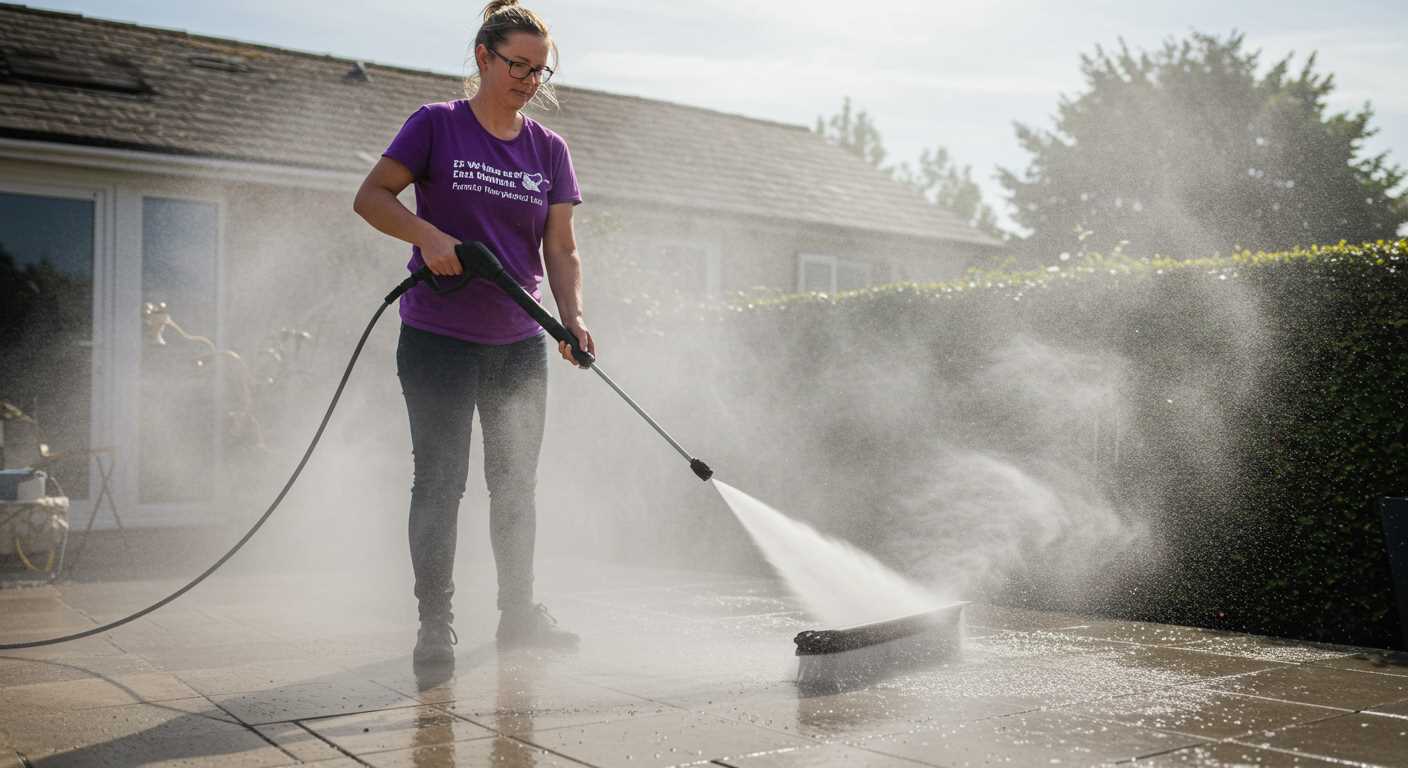
Use Teflon tape if available, wrapping it around the threads of the fitting before attaching the hose. This will enhance the seal and mitigate potential water loss. Tighten connections carefully and check for any signs of drips or moisture after the hose is in place.
Testing the Setup
Once everything is connected, turn on the water supply to test your installation. Observe for any leaks or pressure issues. If everything’s functioning as intended, you’re ready to start your cleaning tasks. If leaks persist, consider re-tightening connections or replacing washers if necessary.
Ensuring a Secure Connection for the Pressure Washer

To achieve a stable linkage between your cleaning device and the water source, consider the following recommendations:
- Inspect the Hose: Examine for any signs of wear or damage. Any cuts or leaks could compromise the connection. Replace any damaged hoses immediately.
- Use Quality Adapters: Invest in high-grade connectors suited for your specific fittings. Mismatched or subpar adapters can lead to leaks and reduced water flow.
- Tighten Connections: After attaching the hose and adapters, ensure all connections are firmly secured. Hand-tighten where possible; avoid over-tightening as this can strip threads.
- Check for Leaks: After installation, turn on the water and observe each connection. If you notice any leaking, tighten as needed or replace faulty components.
- Installation Angle: Ensure the hose is positioned without sharp bends or kinks. This maintains optimal water flow and reduces stress on connections.
Following these guidelines will help maintain a reliable and efficient water supply to your equipment, enhancing your cleaning experience.
Testing for Leaks and Proper Functionality
Before usage, it’s crucial to verify all connections for any sign of leaks to prevent water wastage and ensure optimal performance. First, turn on the water supply while keeping the system disconnected from the cleaning equipment. Observe each joint and fitting for moisture; any drips or beads indicate a leak that requires attention.
Pressure Test
After confirming that no leak is present in the connections, proceed to conduct a pressure test. With the hose and sprayer connected, switch on the equipment briefly to build pressure. Watch for any inconsistent output from the nozzle, as this may signify an obstruction or faulty component.
Flow Check
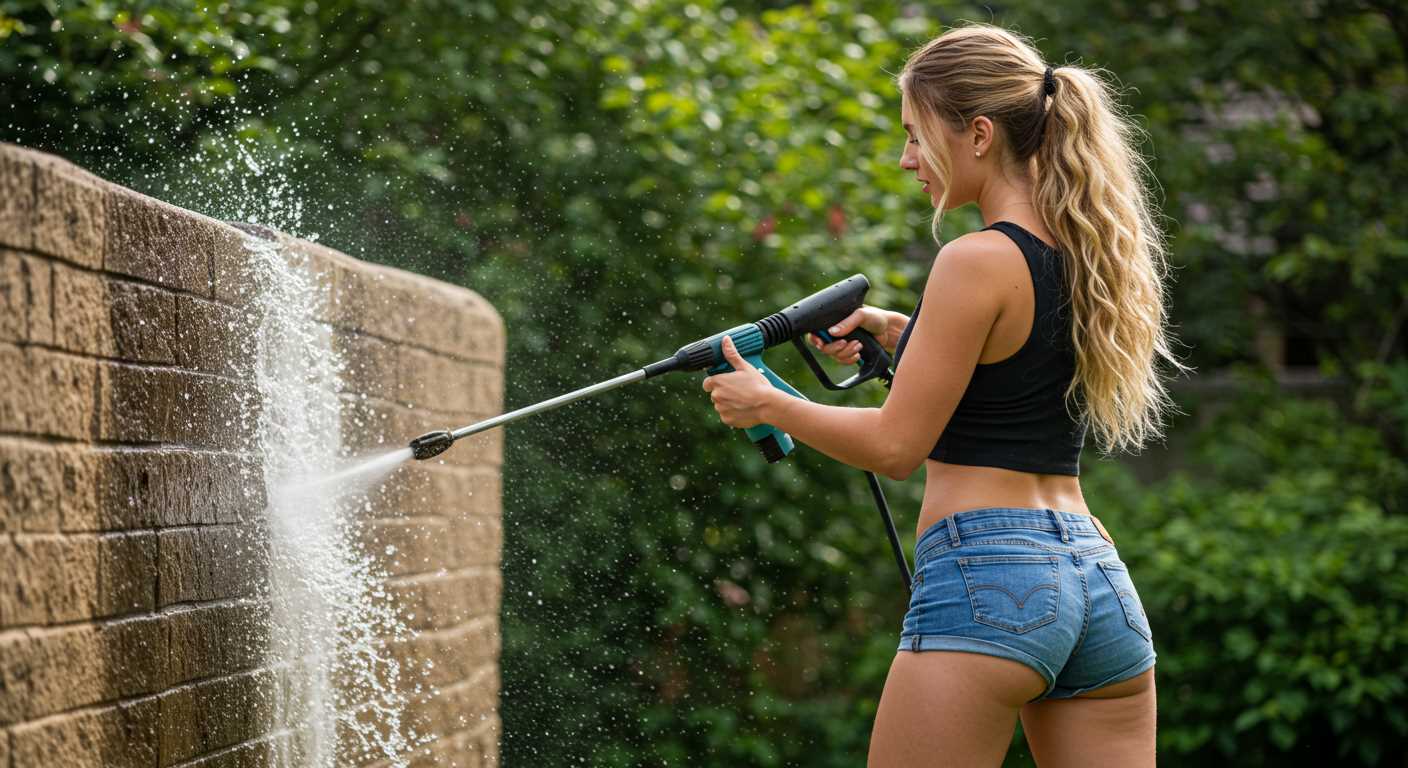
Inspect the flow rate by measuring how long it takes to fill a container of known capacity. Compare this with the manufacturer’s specifications to ensure the system operates efficiently. If the flow is significantly below standard, reassess the connections and inspect for kinks or blockages in the hose.
Maintaining the Setup for Future Use
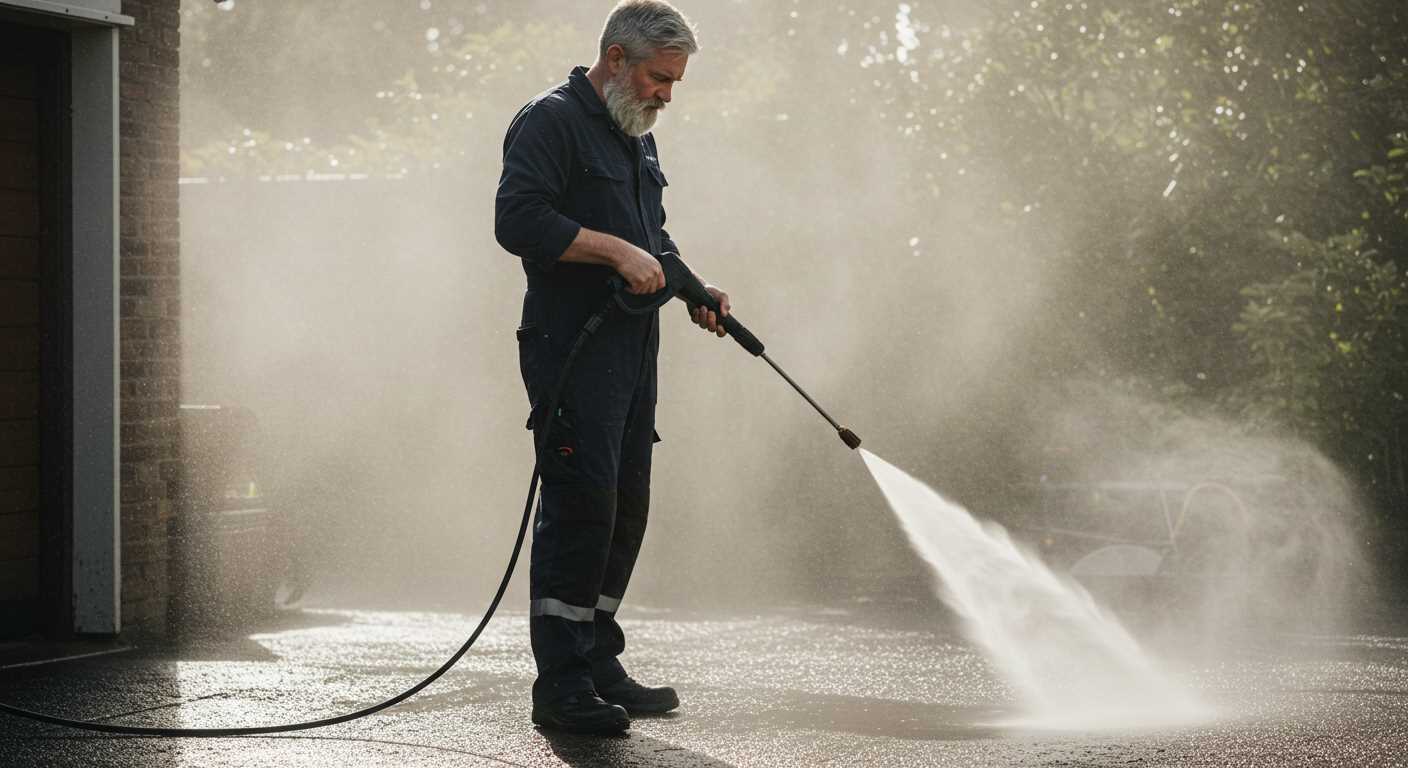
Regular maintenance ensures that your equipment remains in optimal condition for subsequent use. Here are specific actions to take:
- Drain the System: After every session, ensure that any remaining water is thoroughly drained from the hoses and connectors. This step prevents freezing or stagnant water accumulation, which can lead to damage.
- Store in a Dry Location: Keep all components, including hoses, in a cool, dry area. Direct sunlight can degrade materials over time, so consider using a storage container.
- Inspect for Damage: Regularly check hoses and connectors for signs of wear, cracking, or leaks. Address any issues promptly to avoid more significant problems during future operations.
- Clean the Filter: If your model has a water filter, clean it regularly to maintain efficient performance. Clogged filters can strain the motor and reduce cleaning effectiveness.
- Lubricate Parts: If applicable, use manufacturer-recommended lubricants to keep moving parts in top condition. This helps ensure longevity and smooth functioning.
- Review Connections: Before reuse, verify that all fittings are secure and free of debris. Tighten any connections as needed to provide a leak-free operation.
- Check for Compatibility: As your equipment ages, double-check that all hoses and attachments remain compatible. Upgrades or replacements may require different fittings.
Following these maintenance tips enhances not only the life of your equipment but also the effectiveness of each cleaning task.
FAQ:
What tools do I need to connect a pressure washer to an outside tap?
To connect a pressure washer to an outside tap, you’ll need a few basic tools and components. Firstly, ensure you have a compatible pressure washer and its water inlet hose. You’ll need a garden hose, which typically connects to the tap, and an adaptor if the pressure washer’s inlet does not fit the hose directly. A hose clamp can be useful for securing any connections firmly. If your outside tap has a different thread size, you may also require a tap connector to make the fit seamless.
Can I use a pressure washer without a hose attached to the outside tap?
No, a pressure washer requires a constant flow of water to operate effectively. The water from the outside tap feeds into the pressure washer, providing the necessary pressure and flow for cleaning surfaces. Without this connection, the machine cannot function and may be damaged if operated dry. Always ensure that the hose is securely attached to maintain a continuous water supply before using the pressure washer.
What should I check before connecting the pressure washer to the outside tap?
Before connecting your pressure washer, it’s a good idea to check several important aspects. First, inspect the hose for any cracks or wear that could cause leaks. Secondly, examine the outside tap to ensure it’s in good condition and can deliver a steady water flow. Make sure you have the correct fittings and connectors, as mismatched sizes can lead to leaks. Lastly, check the pressure washer’s manual for any specific instructions regarding the water connection to ensure optimal performance.
Are there any safety tips I should follow while using a pressure washer?
Yes, there are several safety precautions to consider when using a pressure washer. Always wear appropriate protective gear, including goggles, gloves, and sturdy footwear to protect against debris and high-pressure water. Keep the area clear of bystanders, especially children and pets, as the force of the water can cause injury. Additionally, avoid using a pressure washer in wet or slippery conditions, as this can increase the risk of accidents. Finally, ensure that all connections are secure and that the equipment is properly grounded to prevent electrical hazards.







